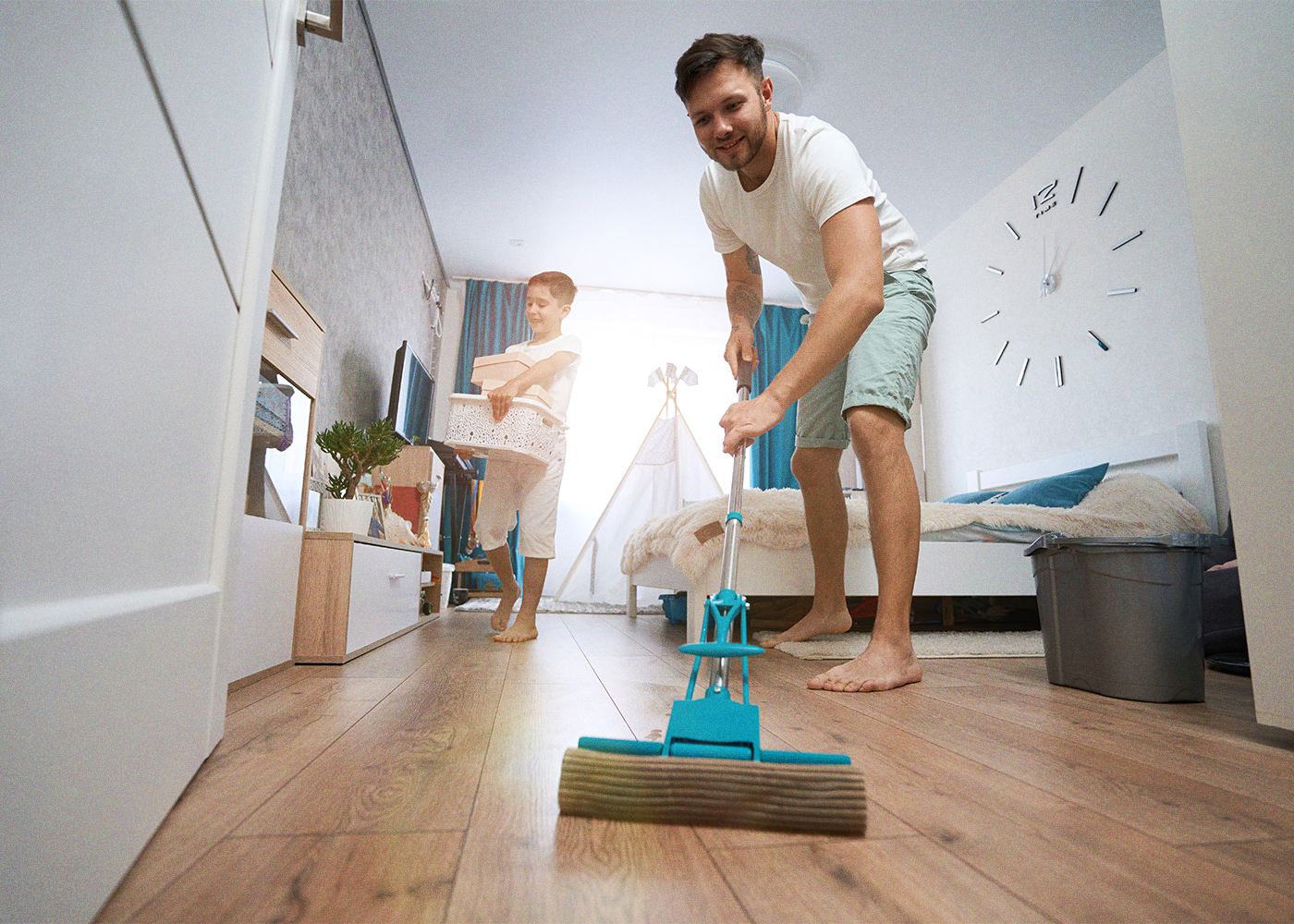10 Effective Ways to Reduce Fine Dust in Kids' Rooms
10 Effective Ways to Reduce Fine Dust in Kids' Rooms
Fine dust, also known as particulate matter (PM), can be a serious health threat, especially for children who spend a lot of time indoors. Since kids' respiratory systems are still developing, they are more vulnerable to the harmful effects of fine dust. Keeping their rooms free from dust and allergens is essential for promoting better health and well-being. In this blog post, we will explore 10 practical and effective ways to minimize fine dust in kids' rooms.
1. Use an Air Purifier with HEPA Filter
-
Why It Works: HEPA filters are capable of capturing particles as small as 0.3 microns, including fine dust and allergens.
-
How to Use: Place the purifier in a central location within the room and run it continuously, especially during high pollution days.
-
Maintenance: Replace filters regularly to maintain efficiency.
2. Vacuum with a HEPA Filter
-
Why It Works: Regular vacuuming with a HEPA-filter vacuum removes dust from carpets and upholstery.
-
Frequency: At least twice a week, focusing on areas where dust accumulates.
-
Tips: Use attachments to clean soft toys, bedding, and under furniture.
3. Wet Mop Floors Regularly
-
Why It Works: Dry dusting can stir up fine particles, but wet mopping traps and removes them effectively.
-
Best Practices: Use a microfiber mop with water or a mild cleaning solution.
-
Frequency: Mop floors at least once a week or more frequently if needed.
4. Wash Bedding and Soft Toys Frequently
-
Why It Works: Fine dust can accumulate on fabric surfaces and be inhaled during sleep.
-
Tips: Wash bedding, curtains, and soft toys in hot water to kill dust mites and allergens.
-
Drying: Dry completely to prevent mold growth.
5. Maintain Optimal Humidity Levels
-
Why It Works: Dry air can cause dust particles to become airborne.
-
Tools: Use a humidifier to maintain indoor humidity between 40-60%.
-
Maintenance: Clean the humidifier regularly to prevent mold and bacteria buildup.
6. Keep Windows and Doors Closed During High Dust Levels
-
Why It Works: Prevents outdoor dust from entering the room.
-
Air Quality Monitoring: Check local air quality indexes and keep windows closed on high-dust days.
7. Use Dust-Proof Covers on Bedding
-
Why It Works: Helps reduce dust accumulation on pillows and mattresses.
-
Material: Choose covers made from hypoallergenic and dust-resistant fabrics.
8. Reduce Clutter in the Room
-
Why It Works: Clutter traps dust and makes cleaning difficult.
-
Tips: Minimize unnecessary items and store toys in closed bins.
-
Regular Decluttering: Sort through items periodically to keep the room tidy.
9. Avoid Synthetic Fabrics and Carpets
-
Why It Works: Synthetic materials can shed microplastics and trap dust.
-
Alternatives: Opt for natural materials like cotton or wool for rugs, bedding, and curtains.
10. Implement a No-Shoes Policy
-
Why It Works: Shoes can track in fine dust and dirt from outdoors.
-
Solution: Leave shoes at the door and provide indoor slippers.
-
Floor Mats: Use washable mats at entry points to catch dirt and dust.
Final Thoughts
Reducing fine dust in kids' rooms requires consistent cleaning practices and mindful choices about room furnishings. By implementing these 10 practical strategies, you can create a cleaner, healthier environment that supports your child’s respiratory health and overall well-being. Stay proactive and keep dust at bay to ensure a safe and comfortable space for your little ones.
Amazon best seller


:max_bytes(150000):strip_icc()/dust-mite-removal-methods-5115055-FINAL-5d71ce16816b46f8a08e648f622fbf41.png)



Comments